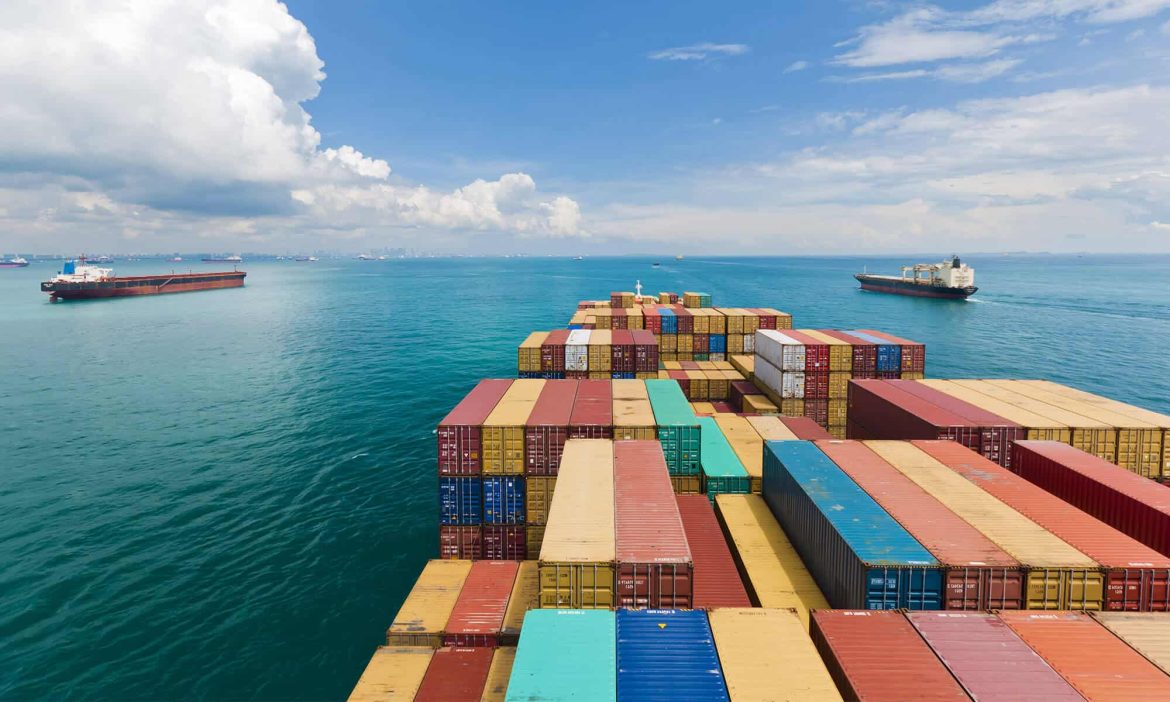Costa Rica’s Junta de Administración Portuaria y de Desarrollo Económico de la Vertiente Atlántica (Japdeva) has finally scored a tariff increase after a whopping 11-year wait. However, the celebration might be muted, as the regulatory body Aresep granted less than half of what Japdeva had hoped for. It’s a bit like asking for a gourmet meal and getting a snack instead.
The Modest Windfall: A Balancing Act
Japdeva’s newly approved tariff adjustment is expected to bring in an annual revenue of ¢13.3 billion. While that sounds like a hefty sum, it’s a far cry from the ¢29 billion they were aiming for. In the world of financial balancing, this is equivalent to walking a tightrope while juggling your budget on one hand and your hopes on the other.
The Fine Print: Some Win, Some Lose
The tariff hike, as approved by Aresep, is a mixed bag. While about 20 tariffs saw increases ranging from 11% to 233%, nine others actually decreased by 6% to 69%, and 28 remained unchanged. This kind of variation could give anyone a headache, perhaps even the accountants.
Why the Hike and What’s It For?
The increase is intended to cover the necessary resources for the ongoing service at the Complejo Portuario Limón-Moín (CPLM). Yet, Aresep was quick to clarify that not all of Japdeva’s financial wishes were granted, leaving out financial expenses and depreciation costs, among others.
A Glimpse of Stability, But Expenses Still Loom Large
According to Aresep, Japdeva has shown signs of greater financial balance since 2021. However, it’s like celebrating that your boat is no longer sinking while forgetting you’re still stranded at sea – their expenses continue to outweigh their income. The lion’s share of these expenses goes to salaries (38%) and the consumption of goods (33%).
The Long Road to Tariff Adjustment
The last time Japdeva saw a tariff adjustment was back in March 2012. It seems they’ve been patiently waiting for a financial miracle for over a decade, only to receive a modest boost now. As part of the resolution, Japdeva is now required to submit annual financial statements and quarterly statistical information, possibly to avoid another 11-year tariff drought.
Japdeva’s Big Bet on Tariff Increase
For Japdeva, this tariff hike was a crucial part of their financial recovery playbook. Despite completing staff layoffs in October, they hadn’t quite hit their financial equilibrium. Anner García, the administrative manager, noted that achieving financial balance depends on new business materialization, investment projects, and – you guessed it – tariff increases.
A Year of Container Movement and Dredging Expenses
As of September, Japdeva had moved over 25,000 containers, generating revenues of ¢6.786 billion. But with monthly expenses of ¢488 million just for payroll, plus operational and maintenance costs, it’s like trying to fill a bucket with a hole in it. They also spent ¢750 million on dredging at the Gastón Kogan terminal, aimed at increasing depth by 1 to 2 meters.
Aftermath of the Terminal de Contenedores de Moín
Post the launch of the Terminal de Contenedores de Moín (TCM), which took over 80% of Japdeva’s load, the state company received two financial rescues totaling ¢55 billion. However, the current government has declined to throw any more lifelines, leaving Japdeva to navigate these financial waters with its newly approved, albeit modest, tariff increase.
Japdeva’s tariff increase, though less than desired, is a step towards financial stability, albeit a small one. It’s a classic tale of asking for the moon and getting a star – not quite what you wanted, but it’s something. As Japdeva continues to balance the books, this tariff adjustment serves as a reminder of the challenges faced by state-owned entities in maintaining financial health in a constantly evolving economic landscape.

